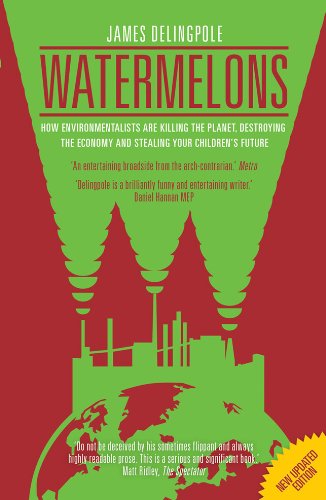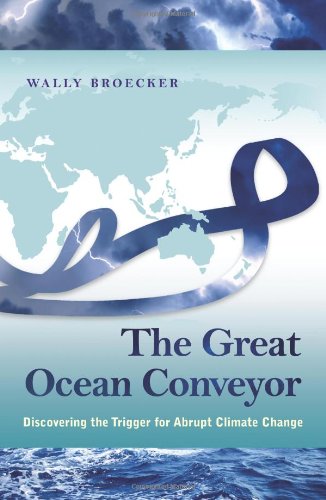The Aurora Programme saga: Part 2
Into the ice
This article is the second in a 4-part series about the Aurora Programme, a privately-funded expedition to Antarctic which took place in the 1991-1992 austral summer/autumn. Read Part 1 here.
Towards the end of December, the MV Aurora reached the edge of the sea ice, around 25°W and about 100km off the coast of Coats Land. The plan was to get as close as possible to the coast and then work south west to approach the Filchner Ice Shelf. Somewhere along the way we hoped to find an area of fast ice where the ship could moor, be unloaded, and where we could rendezvous with the GLACE Twin Otter aircraft that would support the field parties. Also, a base was to be built using four pre-fabricated huts, designed to endure for at least the planned three years of the Aurora Programme. The route we were following was very similar to that taken by Shackleton’s Endurance in 1913, and just like the Endurance, the Aurora ended up stuck fast in the sea ice, a couple of days after Christmas. For the first time since leaving Montevideo, the propellor stopped turning and we could get some sleep.

Road ahead closed. We meet heavy sea ice
To some extent, this delay was a relief, but it was also delaying our arrival still more, and the time pressures were growing. We remained stuck for four or five days, and spent the time practising skiing on the sea ice and generally preparing gear. The helicopter was also unpacked and made flight-ready, and undertook some scouting expeditions looking for open water. I got my first ever ride in a helicopter on one of these flights.

The helicopter returning from a scouting expedition
The ship’s crew were pretty blasé about the whole thing. The Aurora was built for such conditions, and they welcomed the rest. But on the science side we were getting restless. On New Year’s Eve a small lead opened up and we managed to edge forward a bit. We’d come into range of the British Antarctic Survey’s Halley Base, and decided to drop in to say “hi” with the helicopter. As a joke, we got the cook to bake a pizza and flew into Halley, knocked on the door, and asked who had ordered it… Being British, of course, the Base Commander could not take this in the spirit it was intended, since we were not an Establishment-sanctioned expedition, and took the quite ridiculous jobsworthy line that he could not formally welcome us. However, the Base staff were delighted to have visitors, and several of them were flown back to visit the Aurora - including the Base Commander. But generally the experience just highlighted how absurd and stuffy the British could be then - and probably still are. It also confirmed to me that I felt far more comfortable in the much more easy-going, egalitarian and mutually-respectful Scandinavian atmosphere of the Aurora Programme.

The “H” on the cliff indicates the location of Halley Base

Our taxi meets their taxi
The sea ice was now breaking up, and a polynya was forming along the coast. The captain audaciously took the Aurora to within a few lengths of the ice cliffs and we sailed south west at full steam ahead. But the ice was still around: despite not being an ice breaker, the Aurora was frequently rammed into ice at full throttle to get through. This of course maximised the engine noise in the Propeller Suite. Eventually one of the ships stabiliser fins broke off, ripping open part of the hull, and the ship took on water. A diver went down to weld the hole shut.

The captain looking a touch stressed
Finally we reached open water, and a day or so later we met up with the German icebreaker, Polarstern, which was heading a little further west to the German Filchner Station. On board was our MSSL colleague Dr Jon Bamber, who was also working on ERS-1 validation activities. We had a quick exchange of courtesy visits by helicopter, and to the evident relief of our Norwegian colleagues managed to persuade the Germans to sell us some beer. The captain was getting worried that they’d start distilling the diesel if they got desperate.
I haven’t recorded the date, but in early January, we reached an area of fast ice around S77°, W34° which suited our purposes. The Aurora was moored, secured, and the unloading started. While the science teams were in the field, the semi-permanent base, Blaenga, was to be constructed on the adjacent land ice, and the Aurora was to embark on an oceanographic cruise. A day or so later, the Twin Otter arrived, after an epic flight down from Greenland, and we were ready to start work.

Mission accomplished: the Aurora safely moored off Coats Land








